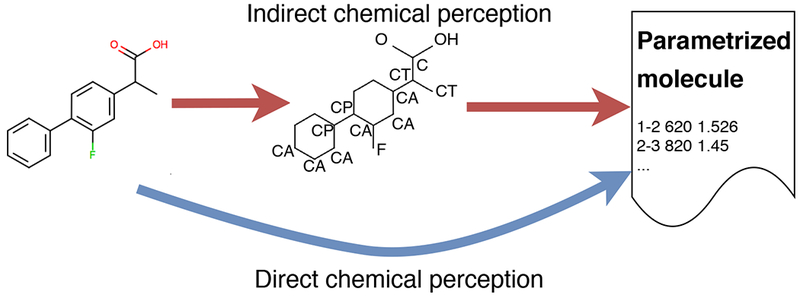Figure 1. Direct versus indirect chemical perception.

Indirect chemical perception (top, red arrows) processes a valence representation of the molecule to assign atom types (left red arrow) and typically retains only atom type and connectivity information for final assignment of parameters to the molecule (right red arrow), meaning that atom types must encode all of the requisite information about the chemical environment of each atom. In direct chemical perception (bottom, blue arrow) parameter assignment machinery has access to a valence representation, bond orders, and full information about the chemical environment of each atom, so all of this information can be used in assigning parameters.
